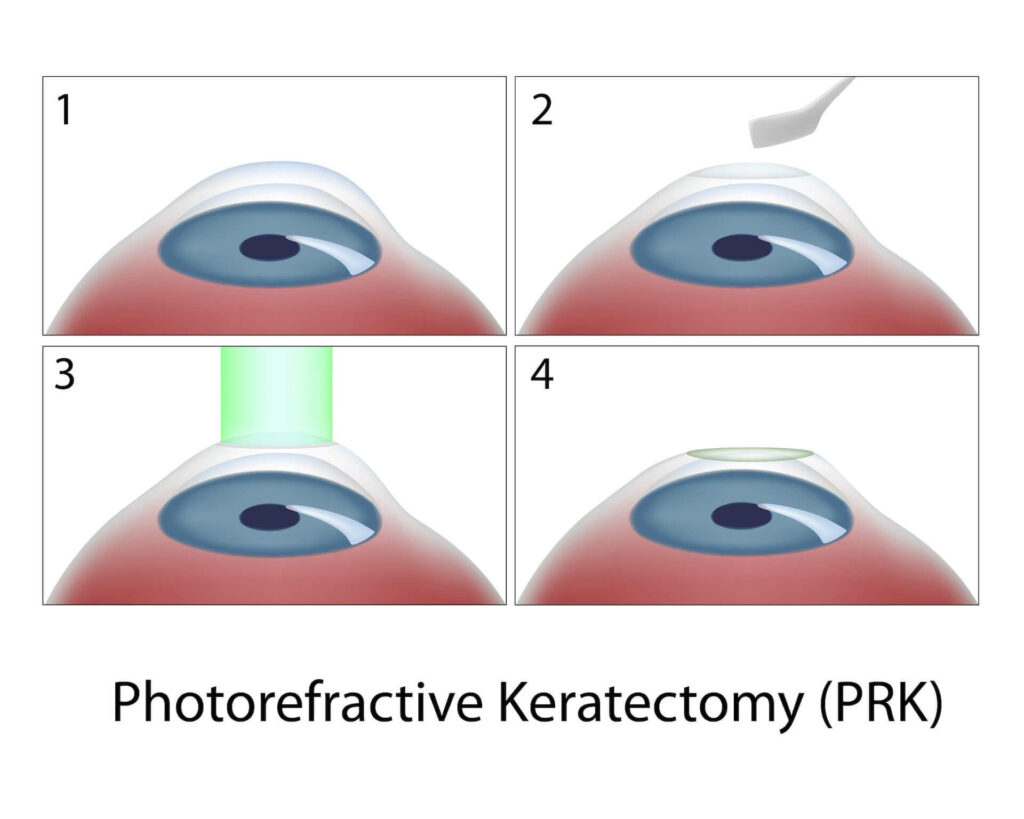LASIK Alternatives

LASIK Alternatives
LASIK is a laser vision correction procedure that corrects refractive errors like nearsightedness, farsightedness, and astigmatism in qualifying patients. It uses a femtosecond and excimer laser to permanently reshape the cornea to reshape the cornea, improving vision and eliminating the need for visual aids.
As the most popular elective medical procedure you can undergo, it’s easy to see why many people choose LASIK. But not everyone can have LASIK.
What is LASIK?
LASIK is a laser vision correction procedure that corrects refractive errors like nearsightedness, farsightedness, and astigmatism in qualifying patients. It uses a femtosecond and excimer laser to permanently reshape the cornea to reshape the cornea, improving vision and eliminating the need for visual aids.
As the most popular elective medical procedure you can undergo, it’s easy to see why many people choose LASIK. But not everyone can have LASIK.
Why Might I Not Qualify for LASIK?
Although you may love having LASIK, you may not qualify as a good candidate for the vision correction procedure. There are several reasons why someone may not be a good LASIK candidate, like:
These are only some reasons why you may not qualify for LASIK. If you like the idea of visual freedom but aren’t a good LASIK candidate, it doesn’t have to mean the end of your vision correction dreams. There are plenty of LASIK alternatives you may be a better fit for instead!
LASIK Alternatives
If you don’t qualify for LASIK, we offer alternative procedures to correct your vision at Palmer Eye Center.
What is PRK?

PRK is a laser vision correction procedure that provides patients virtually identical results to LASIK. Rather than creating a flap in the cornea to correct refractive errors, PRK instead removes the epithelium.
Removing the epithelium corrects refractive errors to provide access to the cornea. However, rather than removing tissue from the cornea, a necessary component of LASIK, the epithelium removed during PRK, regenerates and grows back during recovery.
PRK is often well-suited for patients who cannot undergo LASIK because their corneas are not a suitable thickness. It’s also usually better for patients with existing dry eye syndrome that LASIK would exacerbate.
Like LASIK, PRK can correct farsightedness, nearsightedness, and astigmatism, making it an excellent choice for those seeking visual freedom from glasses and contact lenses.
Who is a Good Candidate for PRK?
You may be a good candidate for PRK at Palmer Eye Center if the following applies to you:
As these are only some of the candidacy requirements before getting PRK, you must have a consultation at Palmer Eye Center to ensure you are a good fit for the vision correction procedure.
SMILE
Another LASIK alternative offered at Palmer Eye Center to qualified patients is SMILE. SMILE is a minimally invasive vision correction procedure that allows you to say goodbye to visual aids and hello to seeing without boundaries.
What is SMILE?
SMILE is a laser vision correction procedure that can correct nearsightedness and some astigmatism. It cannot correct farsightedness.
SMILE uses a femtosecond laser to create a lenticule, about the size of a contact lens. The lenticule is a small piece of tissue created inside the cornea.
After creating the lenticule, your surgeon will remove it through a small incision, which is less than four millimeters long. Removing the lenticule changes the cornea’s shape, allowing light to focus correctly on the retina, correcting refractive errors, and resulting in clearer vision.
SMILE is a minimally invasive procedure, meaning patients can look forward to a quick recovery. Most patients start experiencing almost immediate visual improvements after SMILE.
Once you’ve had SMILE, you can return to your favorite activities in a day or two. The best part is that you can do them with crisper and clearer vision than you ever experienced while depending on visual aids!
How are SMILE and LASIK Different?
Although SMILE and LASIK can both help patients achieve their dreams of putting visual aids behind them, that’s where a lot of similarities end. The two procedures are quite different, making it essential to know the differences.
SMILE uses one laser, a femtosecond laser, to create a lenticule that’s removed from the eye to correct refractive errors. LASIK uses an excimer laser and a femtosecond laser to create a flap to correct refractive errors.
There is never a flap created during SMILE. SMILE can only correct nearsightedness and mild astigmatism up to -3 diopters, while LASIK can correct nearsightedness, farsightedness, and astigmatism.
LASIK involves removing tissue from the cornea to reshape and improve vision, which can cause side effects like dry eye in patients during recovery. SMILE is a minimally invasive procedure that makes a significantly smaller incision, which removes far less tissue from the cornea.
As a result, patients with dry eyes are often better suited to SMILE because it does not cause dry eyes and has a faster recovery. Knowing these things gives patients the most accurate picture when choosing a LASIK alternative like SMILE.
Who is a Good Candidate for SMILE?
Not everyone will be a good candidate for SMILE. You may qualify as a candidate for the life-changing vision correction procedure if the following applies to you:
Are you ready to correct your vision? Now, learn more about these LASIK alternatives by requesting a consultation at Palmer Eye Center in Tallahassee, TN!
